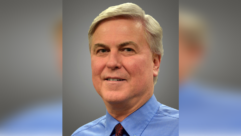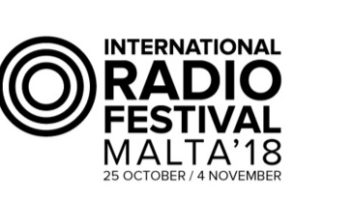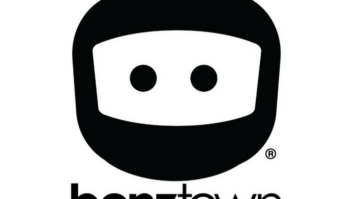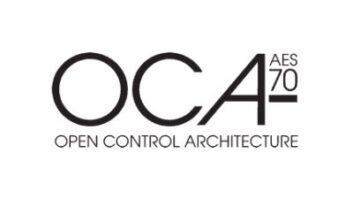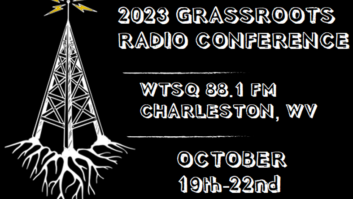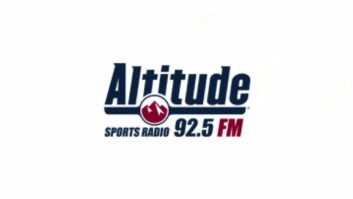
BBC Radio 1’s Abbie McCarthy.
Courtesy International Radio Festival

Ed Hooper from Omny speaks at the IRF conference.
Courtesy International Radio Festival
MILAN — This year’s International Radio Festival — now in its 8th year, and in Milan for the first time — opened with a business-to-business conference, bringing together speakers from music, radio and technology.
In a city not far from the birthplace of Marconi, the first session covered the history of radio and the DJ, plus featured a panel on the medium’s future, and expert advice on social media with Ed Hooper from the online audio management and publishing system Omny Studio.

Justin Hammel of Acme Radio, Nashville.
Courtesy International Radio Festival

Rania Younes of Star FM Abu Dhabi (l) talks to IRF founder Darryl von Däniken. Courtesy International Radio Festival

The IRF studio in the UniCredit Pavilion, Milan.
Courtesy International Radio Festival GLOBAL SOUND
Alongside this, the festival lived up to its motto: “listen to how the world sounds,” giving stations the opportunity to broadcast back home live from Milan, and to a worldwide audience. A bespoke studio was built in the UniCredit Pavilion, with the audio broadcast on DAB+ in the Netherlands and Milan, as well as online. Festival broadcasters included BBC Radio 1 and Hoxton FM from the U.K., Pride Radio and Acme Radio in the U.S., Red FM in Mumbai, India, Star FM from Abu Dhabi and Shanghai’s Love Radio.
The IRF studio needed to adapt to all types of program, from personality-led shows to DJ sets, and was put together by Italian broadcast contractor Funky Junk. It featured an Axia Fusion digital radio console, and an ENCO DAD radio automation system, along with four fixed microphones. For DJs, the studio included Pioneer CD players, an Allen & Heath Xone: 92 mixer and Technics turntables.

Gordon Mac from the U.K.’s Mi-Soul.
Courtesy International Radio Festival
Broadcasters were able to bring their own music, jingles and advertisements on a USB stick for upload to the studio server. Stations connected to their home studio either via an audio stream, or using a Telos Zephyr Xstream or Xport ISDN codec.
Alongside this, the festival also included Radio City Milano, with three further studios for internet, student and local stations. In total, 125 stations produced 395 hours of live broadcasting. On the main stage, visitors watched presenter talks, musicians and live radio shows from Rai Radio 2, RDS, Radio Deejay, Radio 24 and Radio Capital.
The International Radio Festival now plans to host similar events on other continents, with future venues expected to include Abu Dhabi and Shanghai.
Will Jackson reports on the industry for Radio World from London.




